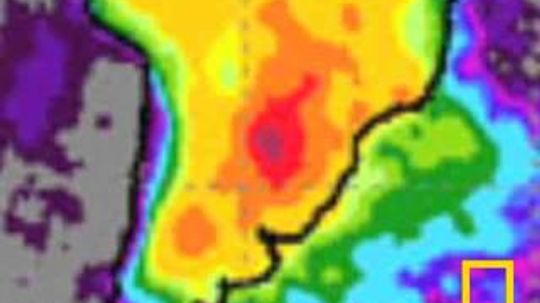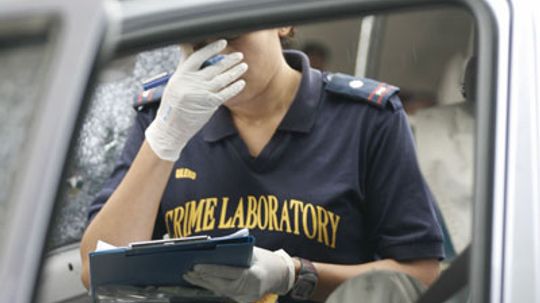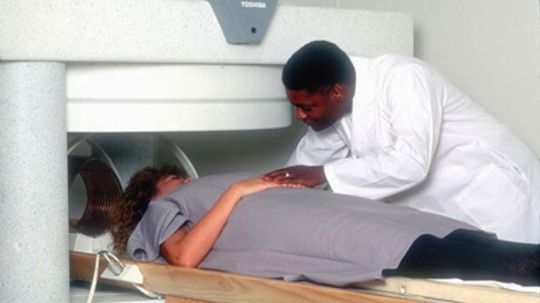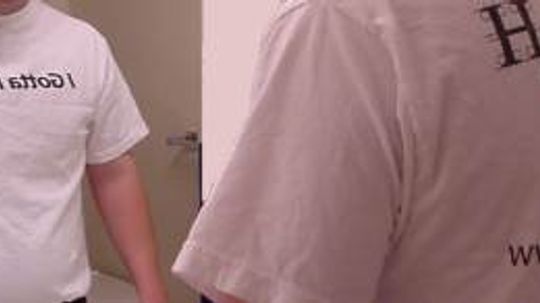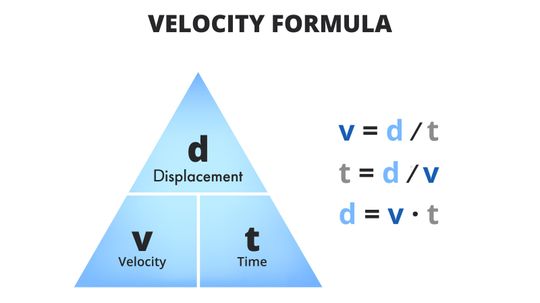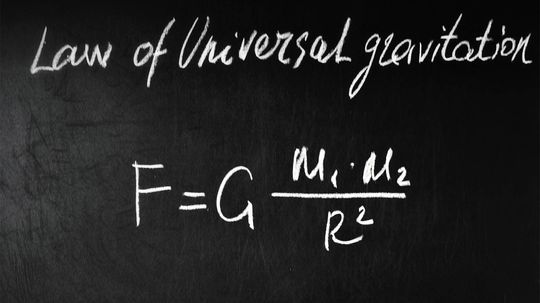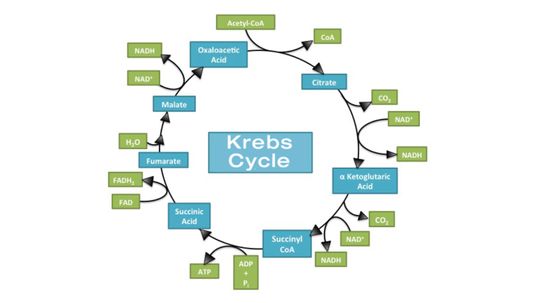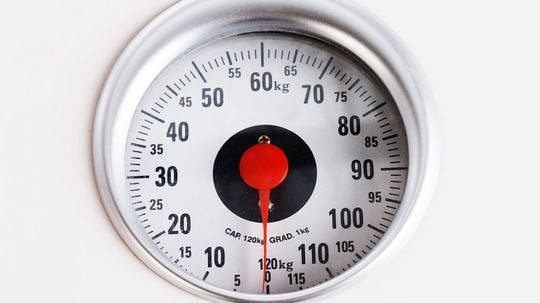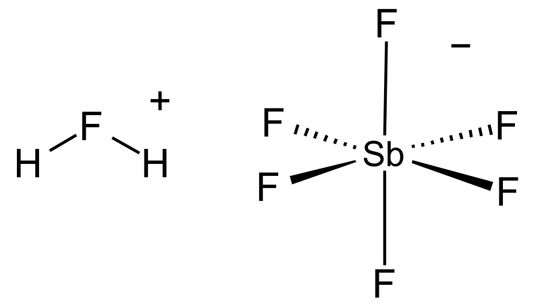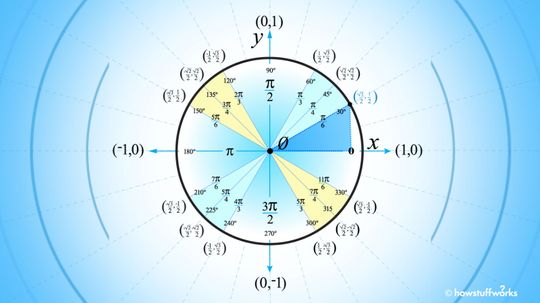Physical Science
Physical science is the study of the physical world around you. Learn about everything from electricity to magnetism in this section.

Brown Noise vs. White Noise: Which Is Best for Quality Sleep?

Can a sound wave kill you?

Can two cans and a string really be used to talk over a distance?

Delta-8 vs. Delta-9: Comparing Types of THC
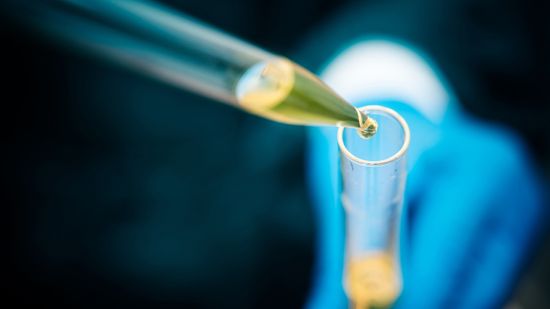
Strong Bases: Properties, Applications and Examples

Comparing Strong Acids and Weak Acids

How Electricity Works

How Faraday Cages Work

How Gasoline Works
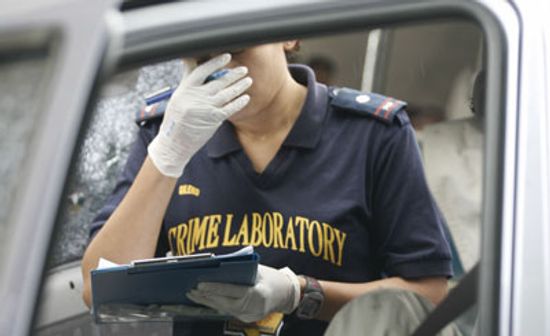
What do bugs have to do with forensic science?

5 Things You Didn't Know About Autopsies

Do a Person’s Fingerprints Change After Death?
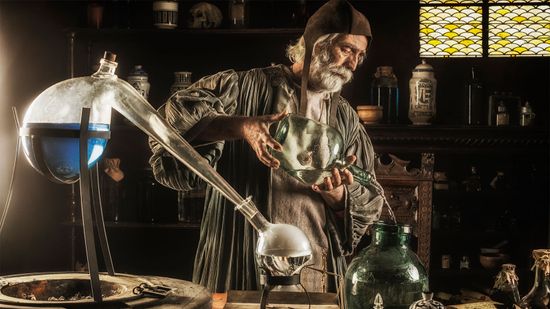
How Alchemy Paved the Way for Chemistry

How did Nikola Tesla change the way we use energy?

Time May Not Exist, Say Some Physicists and Philosophers

Why Does Ice Stick to Your Fingers?
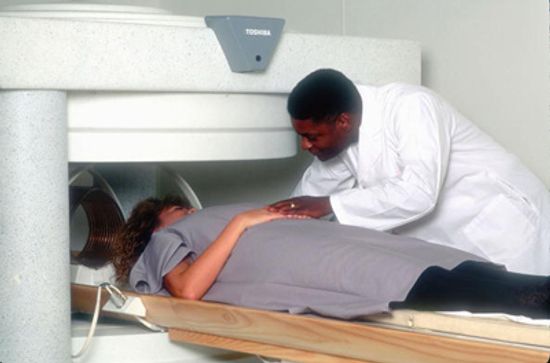
What if I forgot to remove a piercing before an MRI?
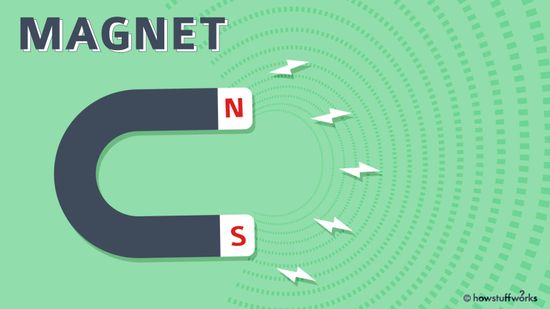
A Kid-friendly Introduction to Magnets and Magnetism

Getting a Handle on Fraction-to-Decimal Conversions

How to Make a Number Line for the Classroom

Mean, Median, Mode: 3 Different Measures of Central Tendency

5 Hugely Fun Facts About Mass (Not Weight)

Antarctica's Spooky Cosmic Rays Might Shatter Physics As We Know It

Entropy: The Invisible Force That Brings Disorder to the Universe

The Demon Core: A Tale of Atomic Ambition and Tragic Fate
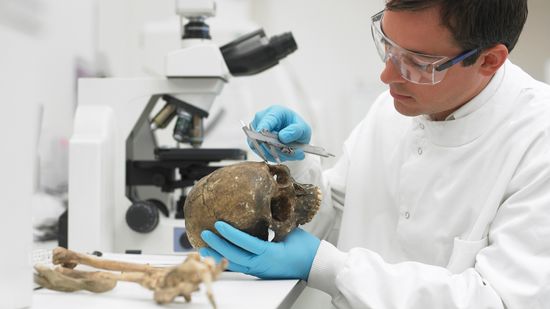
Half-Life Formula: Components and Applications
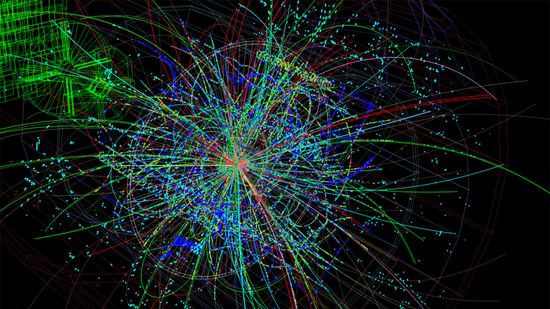
Could an 'X17 Particle' Hint at a Fifth Force in the Universe?

Why Are School Buses Yellow?

HowStuffWorks: How To Draw An Impossible Shape
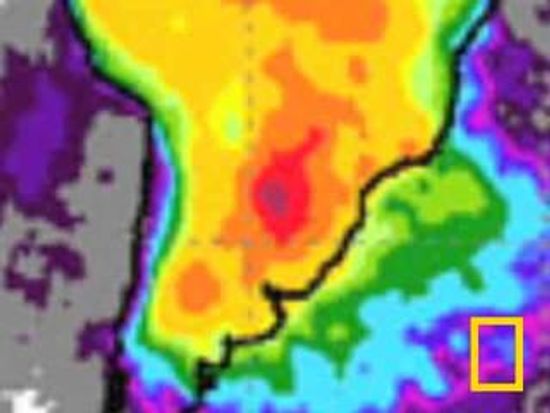
What Are the Colors in the Visible Spectrum?
Learn More / Page 2
It’s true: In 6 easy steps, you too can draw an impossible shape.
Juice and soda mix well with alcohol, but a few things don't mix so well. Some may just produce embarrassing moments. Others could cost you your life.
By Beth Brindle
Most people probably haven't heard of the inventor T. Galen Hieronymus, but according to his advocates his machines are able capable of everything from remote analysis to remote healing -- so what is eloptic energy? Tune in to learn more.
Advertisement
All colors that you see fall into the visible light spectrum. Learn about the colors in the visible light spectrum in this article.
By Sascha Bos
Tour the inside of a nuclear power plant with these illustrative diagrams to learn more about how nuclear power plants work.
When a corpse is found, the presence of insects gets a lot of attention during the investigation. But which bugs show up for the flesh feast? And how much can these bugs reveal about death?
By John Fuller
The magnets found in an MRI machine are incredibly powerful. It can pull a stethoscope right out of a doctor's lab coat. So what would happen if you forgot to take out an earring? Ouch!
Advertisement
The nuclear arms race was a frantic era in which several nations tested nuclear technology and stockpiled warheads. Read about the nuclear arms race.
By John Fuller
Dropping atomic bombs on Hiroshima and Nagasaki ended World War II. How did the most powerful weapon in the world get developed? It started with the Manhattan Project.
By John Fuller
We first reported on the possibility of an invisibility cloak last year. Now a different invisibility cloak is making the news -- one that uses metamaterials to redirect light away from the wearer.
Why do newspapers turn yellow over time?
Advertisement
Imagine wearing a T-shirt with lettering on it while brushing your teeth. Why are the letters on the T-shirt reversed in the mirror, while your head appears right side up?
I have heard that carbon monoxide is extremely poisonous. Can you explain why?
Scenario: A helium balloon is up against the ceiling one day, and the next day it's on the floor. Does the balloon fall because the helium leaks out, or because the helium molecules slow down due to decreased pressure?
Lasers are used in dental drills, eye surgery and even tattoo removal. But what exactly is a laser? There are numerous types, but all lasers work basically the same way. Learn how they generate such concentrated beams of light.
Advertisement
We'll show you both a quick and dirty way, and a precise, more complicated formula for converting Celsius to Fahrenheit (and vice versa).
Many people get speed and velocity confused. It's no surprise because the terms are often used interchangeably. But they're not quite the same thing. So how do you find the velocity of an object?
By Mark Mancini
Sir Isaac Newton's Law of Universal Gravitation helps put the laws of gravity into a mathematical formula. And the gravitational constant is the "G" in that formula.
By Mark Mancini
Both degrees and radians represent the measure of an angle in geometry. So, how do you convert one to the other?
By Mark Mancini
Advertisement
The main function of the Krebs cycle is to produce energy, stored and transported as ATP or GTP, to keep the human body up and running.
If you have trouble sleeping you might have been told to get a white noise machine. But white isn't the only color of noise out there.
Converting kilogram measurements into pounds is not hard. We'll show you the textbook way plus two quick-and-dirty shortcuts.
By Mark Mancini
Most of the world uses meters, apart from the U.S. and a few other countries. So what's an easy way to convert from meters to feet and vice versa?
By Mark Mancini
Advertisement
Superacids are those with an acidity greater than sulfuric acid. So which is the most super of superacids and what exactly is it used for?
A unit circle is an important part of trigonometry and can define right angle relationships known as sine, cosine and tangent.



